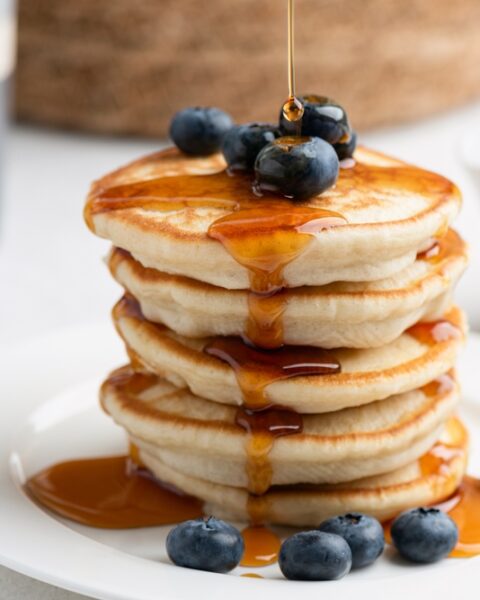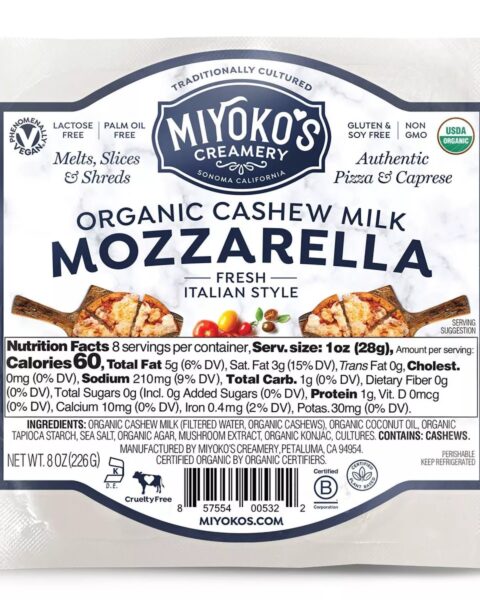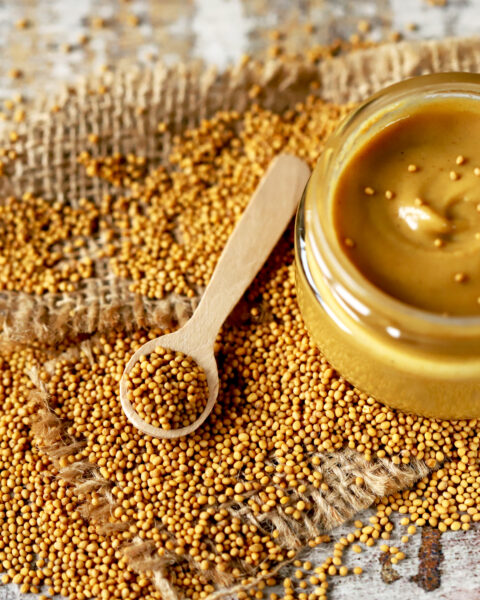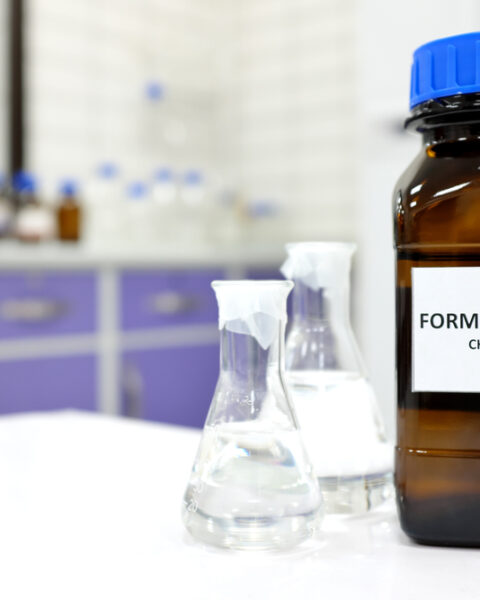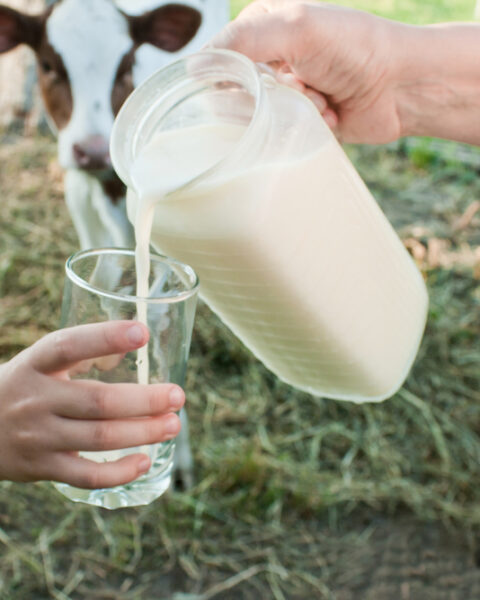Food is supposed to nourish and sustain us, but sometimes what we don’t know can be shocking. Many of our favorite snacks and meals harbor secrets that are far from appetizing. These deeply unsettling food facts reveal the darker side of the food industry, exposing hidden ingredients and questionable practices. Prepare to have your mind blown by the truths you’re about to uncover.
Contents
- 1 Crushed Beetles in Food Coloring
- 2 Wood Pulp in Shredded Cheese
- 3 Fish Bladders in Beer and Wine
- 4 Arsenic in Rice
- 5 Human Hair and Duck Feathers in Bread
- 6 Antibiotics in Meat
- 7 Rodent Hairs in Peanut Butter
- 8 Beaver Anal Gland Secretions in Vanilla Flavoring
- 9 Maggots in Canned Mushrooms
- 10 Artificial Sweeteners and Gut Health
- 11 More From RetailShout
- 12 15 Irresistible Appetizer Recipes for Your Next Party
- 13 17 Packaged Foods with More Sugar Than You Think
Crushed Beetles in Food Coloring
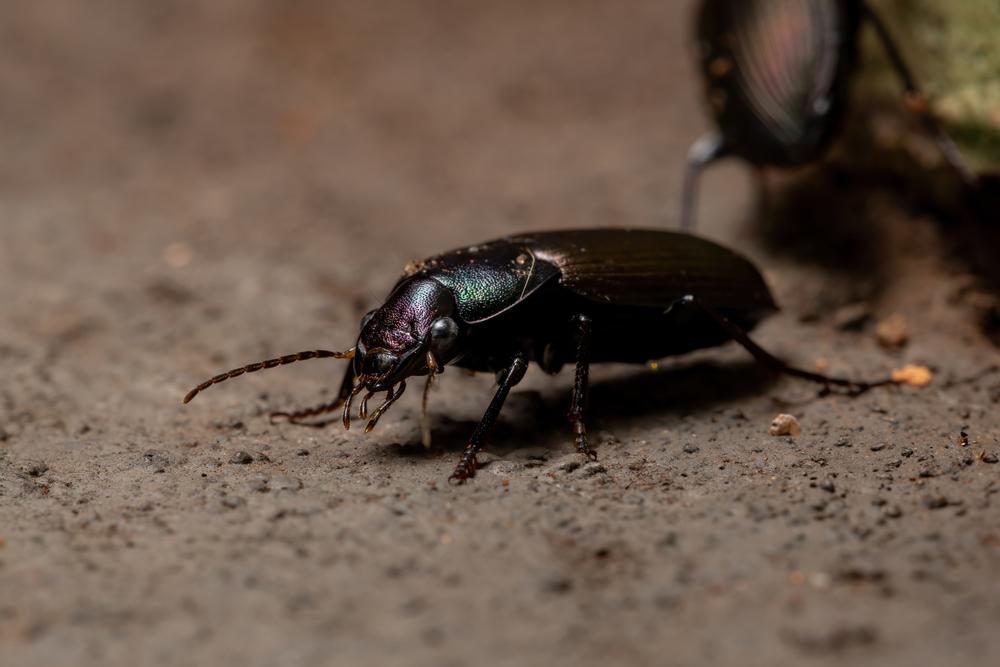
The vibrant red color in many food products comes from carmine, a dye made from crushed cochineal beetles. These insects are harvested, dried, and then ground into a powder to create the colorant. While it’s natural, the thought of consuming beetles can be unsettling. This dye is often found in candies, yogurt, and certain beverages.
Wood Pulp in Shredded Cheese
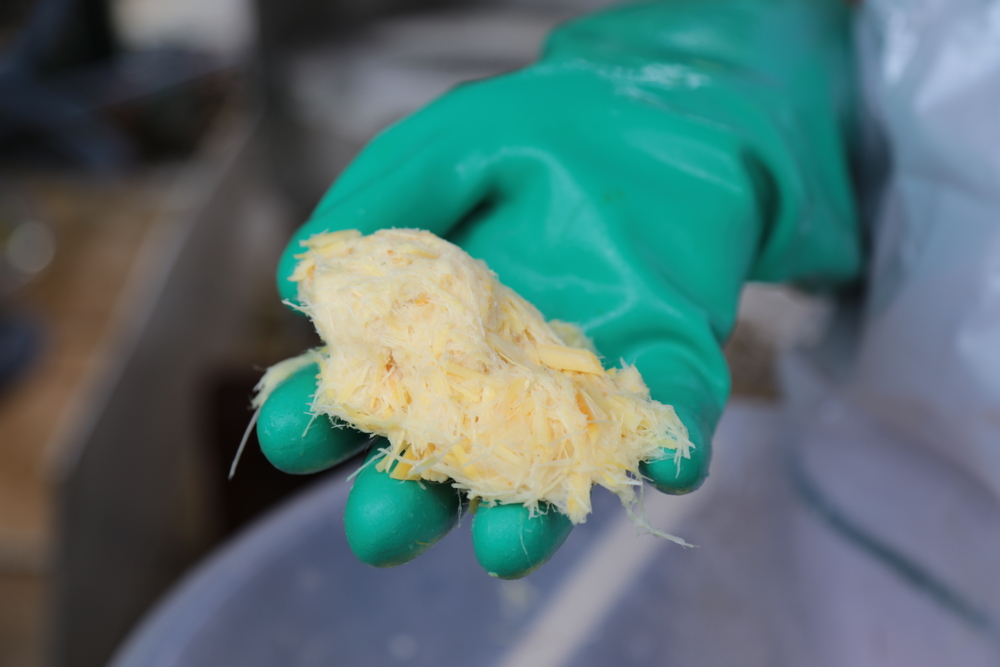
Shredded cheese often contains cellulose, a substance made from wood pulp. It’s used to prevent the cheese from clumping together in the bag. Though cellulose is safe to eat, it’s not something most people expect to find in their cheese. This common additive raises questions about what other unexpected ingredients might be lurking in our food.
Fish Bladders in Beer and Wine
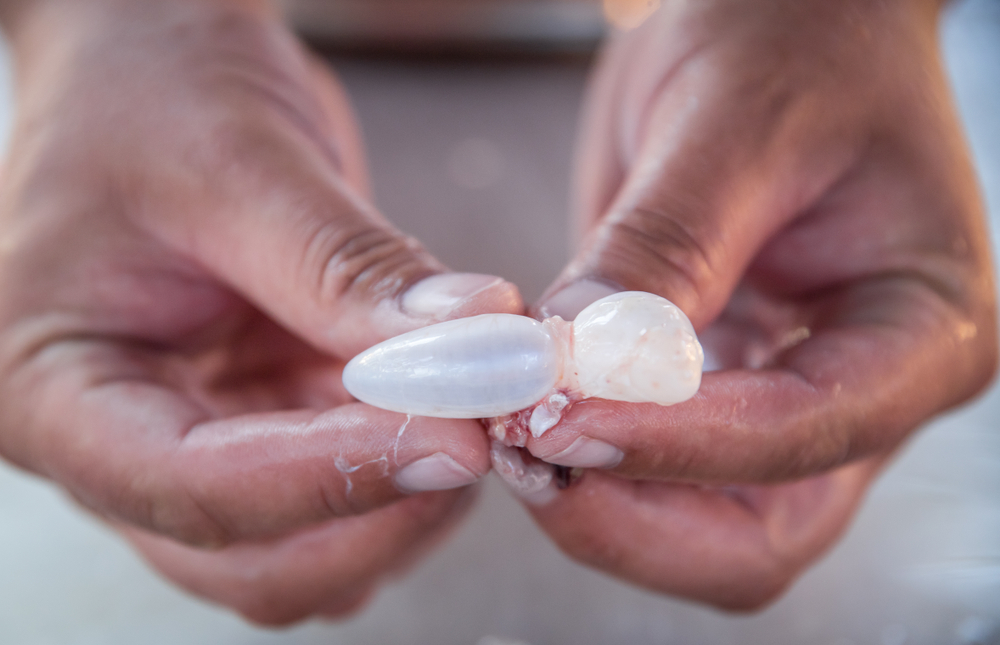
Many beers and wines are clarified using isinglass, a gelatin-like substance derived from fish bladders. This practice helps remove impurities and give the beverages a clear appearance. However, it means that these drinks aren’t truly vegetarian or vegan. Knowing that fish parts might be in your drink can be quite off-putting.
Arsenic in Rice
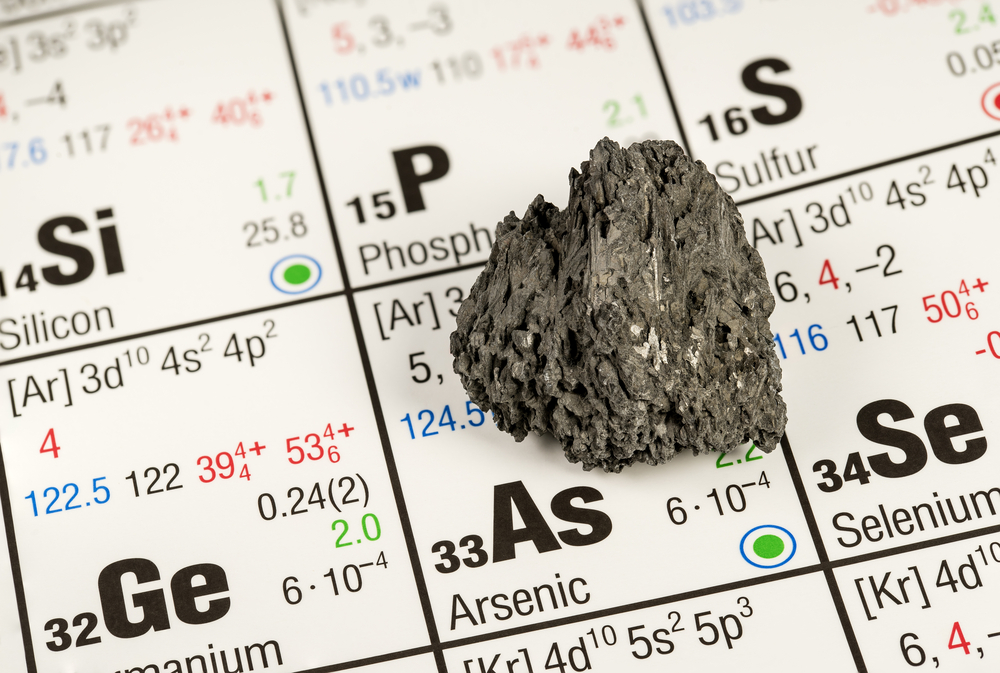
Rice, especially brown rice, can contain significant levels of arsenic due to the way it is grown. Arsenic is a toxic element that can lead to various health issues over time. While rinsing rice before cooking can reduce arsenic levels, it doesn’t eliminate them. This fact underscores the importance of being mindful of food sources.
Human Hair and Duck Feathers in Bread

L-cysteine, an amino acid used as a dough conditioner in some breads, can be derived from human hair or duck feathers. This ingredient helps extend the shelf life and improve the texture of baked goods. Though it’s processed and safe to consume, the source of L-cysteine is unexpected. Consumers often remain unaware of these origins.
Antibiotics in Meat

Livestock are frequently given antibiotics to prevent disease and promote growth. These antibiotics can remain in the meat, contributing to antibiotic resistance in humans. This practice also raises concerns about animal welfare and food safety. Choosing organic or antibiotic-free meat can help mitigate these risks.
Rodent Hairs in Peanut Butter
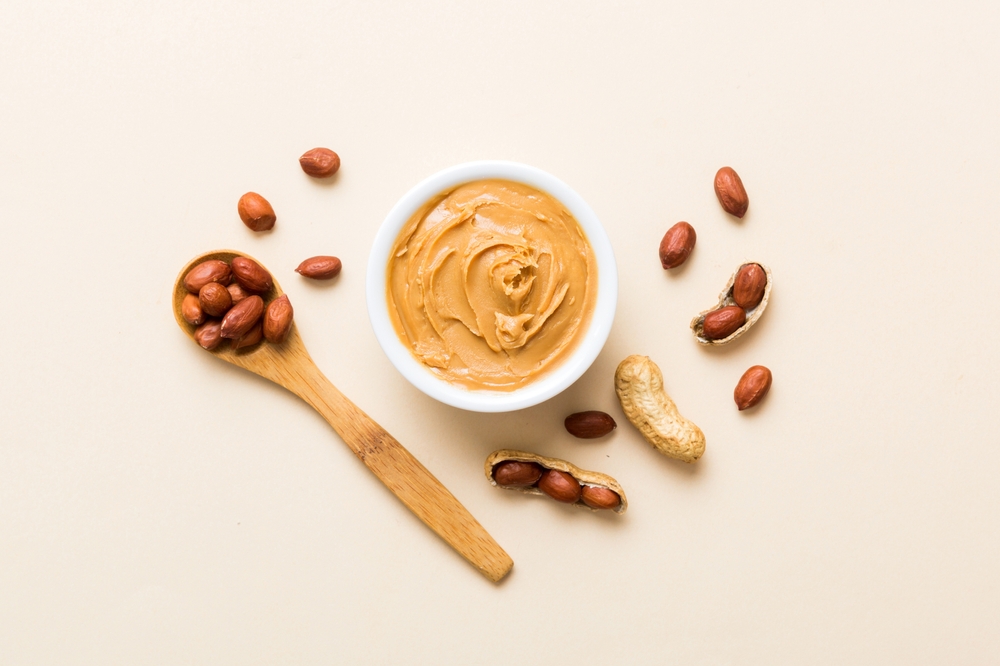
The FDA allows a certain amount of rodent hairs in peanut butter, as it’s nearly impossible to eliminate all contaminants during production. While the levels are low and considered safe, the idea of consuming rodent hair is hardly appetizing. This fact highlights the challenges of maintaining absolute purity in food processing.
Beaver Anal Gland Secretions in Vanilla Flavoring
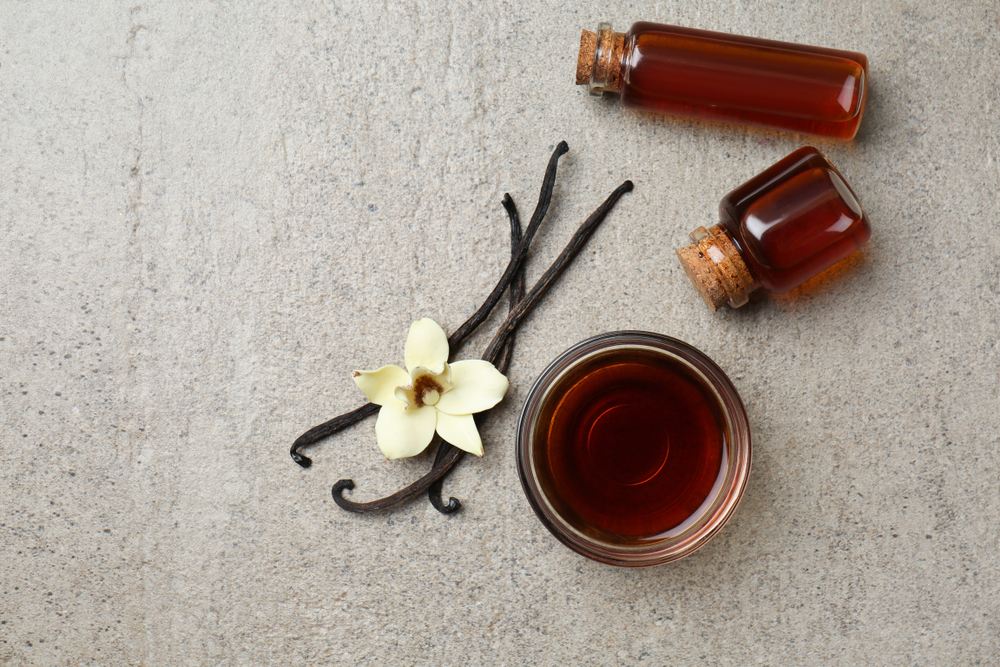
Castoreum, a secretion from beaver anal glands, is sometimes used as a flavoring agent in foods and beverages. It’s particularly found in vanilla, raspberry, and strawberry flavorings. While it’s considered safe and natural, the source of castoreum is far from appealing. Most manufacturers now use synthetic alternatives, but the fact remains unsettling.
Maggots in Canned Mushrooms
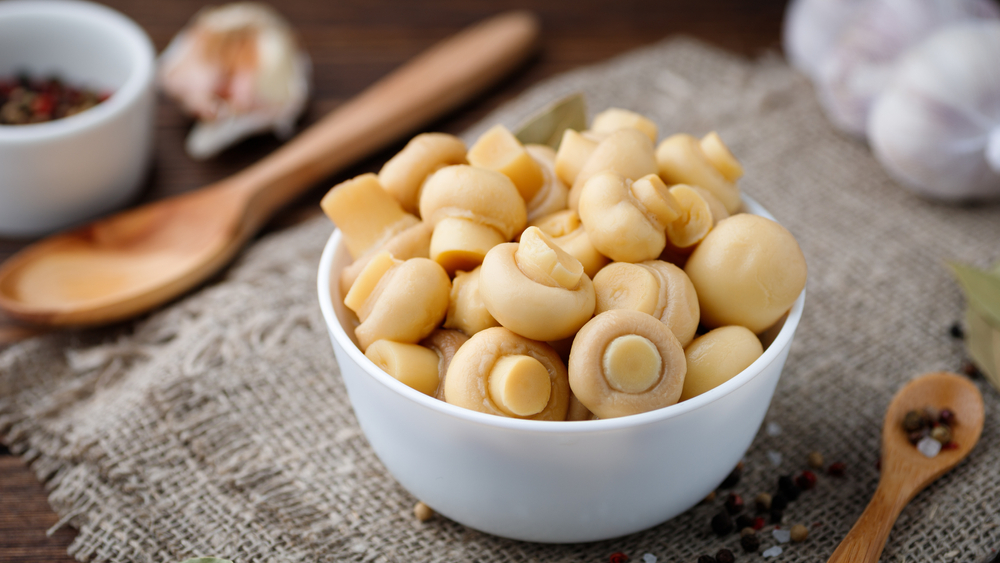
The FDA permits a small number of maggots in canned mushrooms, as they are hard to avoid completely during harvesting and processing. These allowances are based on what is considered safe for consumption, but the presence of maggots is certainly disturbing. It serves as a reminder of the imperfections in food production.
Artificial Sweeteners and Gut Health

Artificial sweeteners, like aspartame and sucralose, can negatively impact gut health by altering the balance of bacteria. This disruption can lead to digestive issues and other health problems. Despite being marketed as healthier alternatives to sugar, these sweeteners can have unintended consequences. Moderation and awareness are key when consuming these products.
This article originally appeared on RetailShout.
More From RetailShout
15 Trader Joe’s Pasta Recipes That Feel Fancy But Are Easy to Make
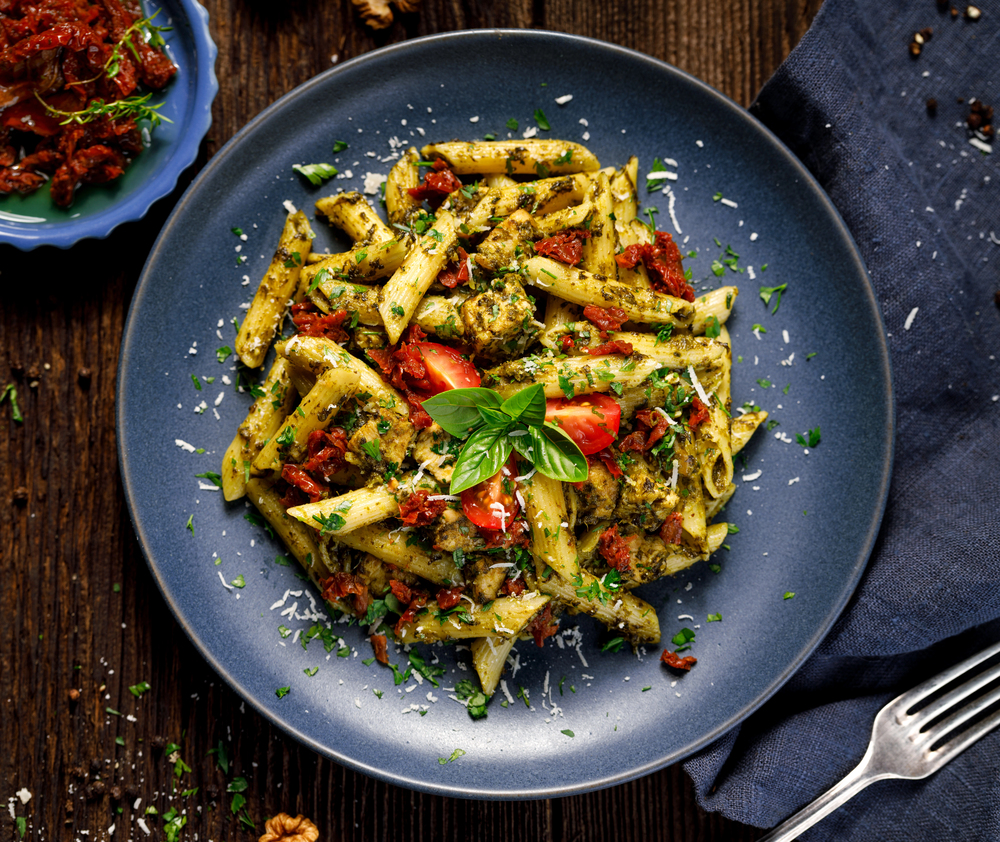
Feeling fancy doesn’t have to mean spending hours in the kitchen. Trader Joe’s offers an array of pasta options that, with a few simple tweaks, can turn into elegant meals. Read More.
15 Irresistible Appetizer Recipes for Your Next Party
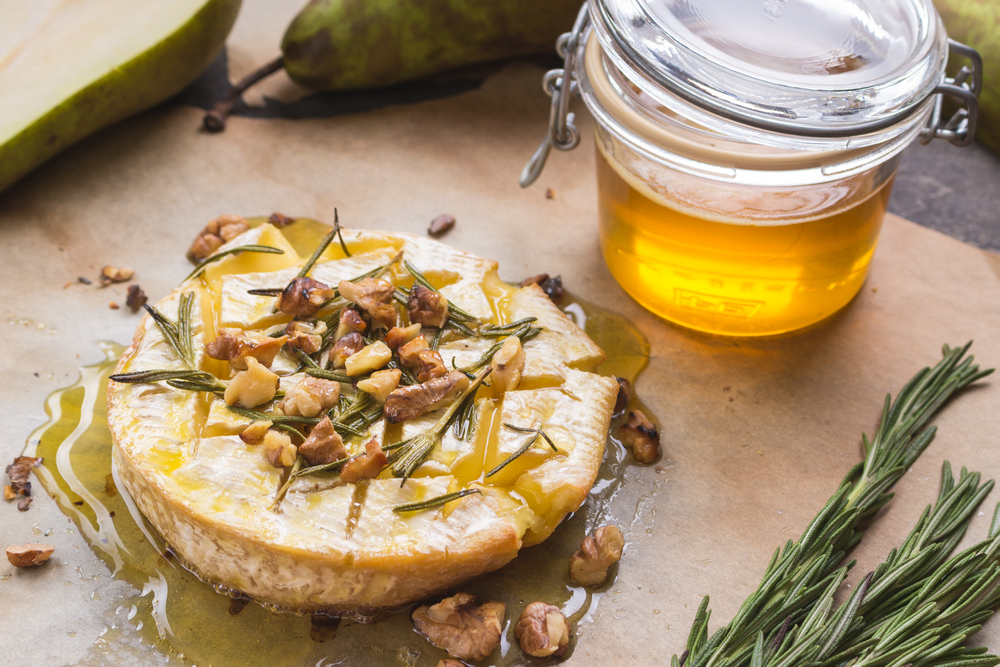
Planning a party can be fun, but figuring out what appetizers to serve can be a challenge. You want something that’s easy to make, sure to impress, and keeps everyone coming back for more. Read More.
17 Packaged Foods with More Sugar Than You Think
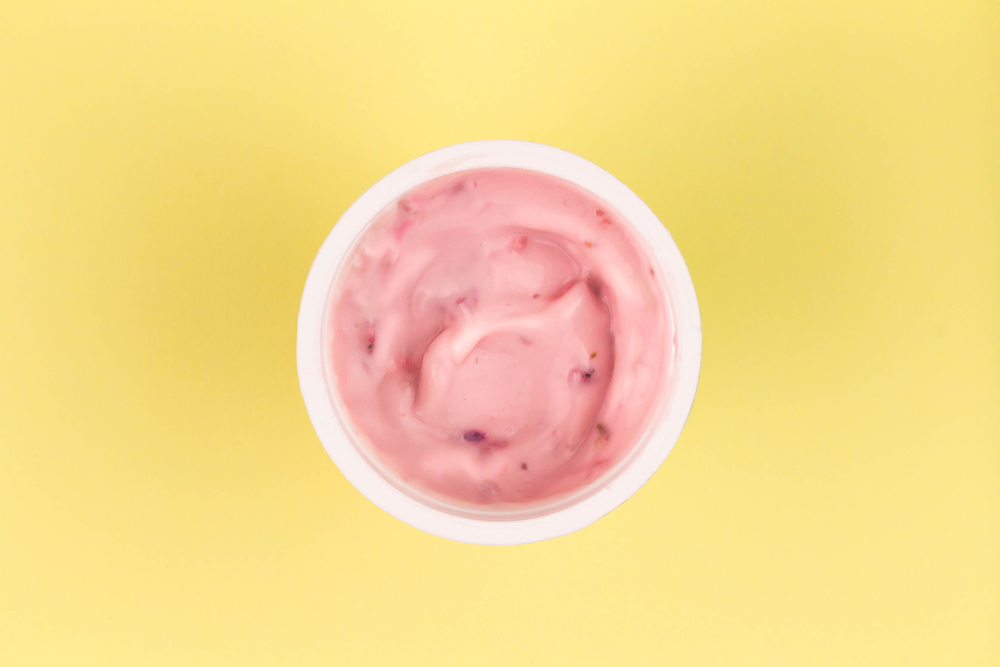
Sugar has a sneaky way of showing up in the most unexpected places. You think you’re making a smart choice, but that innocent-looking product is packing more sugar than you’d ever guess. Read More.


